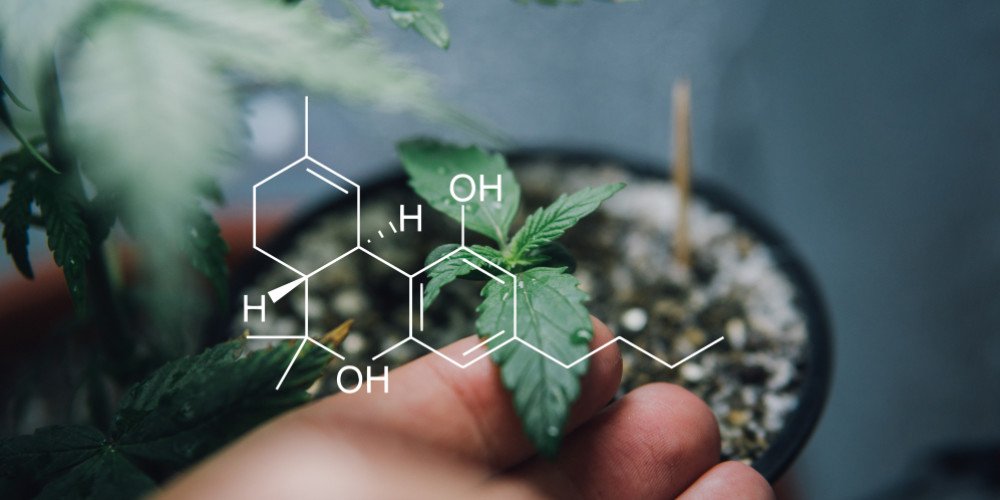Scientists have identified three types of Cannabis strains: Sativa, Indica and Hybrid. As the three are interlinked since they belong to the same family, of course, they have some differences too. These different types of Cannabis are very much used in medicines in the US while their effects and results on the users can be different. For example, for a person struggling with depression and low appetite, we would recommend smoking/taking a sativa-dominant strain. It will enhance appetite as well as relive the signs of depression. For a person having body aches and insomnia, we would suggest trying an indica-dominant strain with hints of CBD even, CBD relieves inflammation and heavy indica strains will most certainly help relax the body. It would be worth considering to note down the difference between the three by placing Sativa vs. Indiva vs. Hybrid to understand better how they are useful and for which purposes they work for you best.
The cannabis plant contains more than 400 chemicals, out of which around 110 are called cannabinoids. These chemicals or compounds work in the human body by interacting with the cell receptors in the central nervous system. These receptors make up the endocannabinoid system, responsible for managing functions like sleep, mood, blood pressure and others.
More than 100 phytocannabinoids have been identified so far, but there is three of high importance:
Cannabinol (CBN)
Cannabinol was the first cannabinoid to be identified and isolated at the end of the 19th century. Roger Adams first synthesized it in 1940. CBN is mostly found in old cannabis plants and it does not produce as much “high” as the THC.
Tetrahydrocannabinol (THC)
Tetrahydrocannabinol was isolated in 1942. It’s the main psychoactive constituent of marijuana and is responsible for its “high” sensation. In other words, it is responsible for its high potency. It causes the “high” effect on the body after binding to the nerve receptors, following a series of reactions. This non-nitrogenous compound is helpful in treating chronic pain, inflammation, and sleep disorders.
Cannabidiol (CBD)
Cannabidiol was isolated in 1940. THC and CBD are isomers; they have the same number of atoms but with a different configuration. CBD is a non-psychoactive compound i.e. it does not produce “high”. Its use is increasing day by day due to its incredible medicinal properties. It’s legal in many parts of the world. It can be used to treat or prevent pain, inflammation, diabetes, and cancer, etc.
Cannabinoid Effects
The effects of marijuana depend on quantity, quality, the strain used, and the method of consumption. Its psychoactive effect, known as “high” varies from person to person. When THC enters the brain through blood it forces the release of the chemical dopamine; it binds to the cannabinoid receptors and stimulates the brain cells. After taking it you would feel euphoria immediately. It may also alter your conscious perception and feelings of well being.
It can change your mood as well; you may feel more relaxed and less stressed. Many marijuana users have also been reported to experience anxiety and panic attacks, but it mostly happens if you smoke marijuana for a good amount of time.
Find Your Favorite Cannabis Products in Denver
At The Lodge, you will find the highest-quality cannabis products ranging from Flower to Concentrates and Edibles. If you need help choosing the right product or strain, consult one of our friendly and knowledgeable budtenders!

